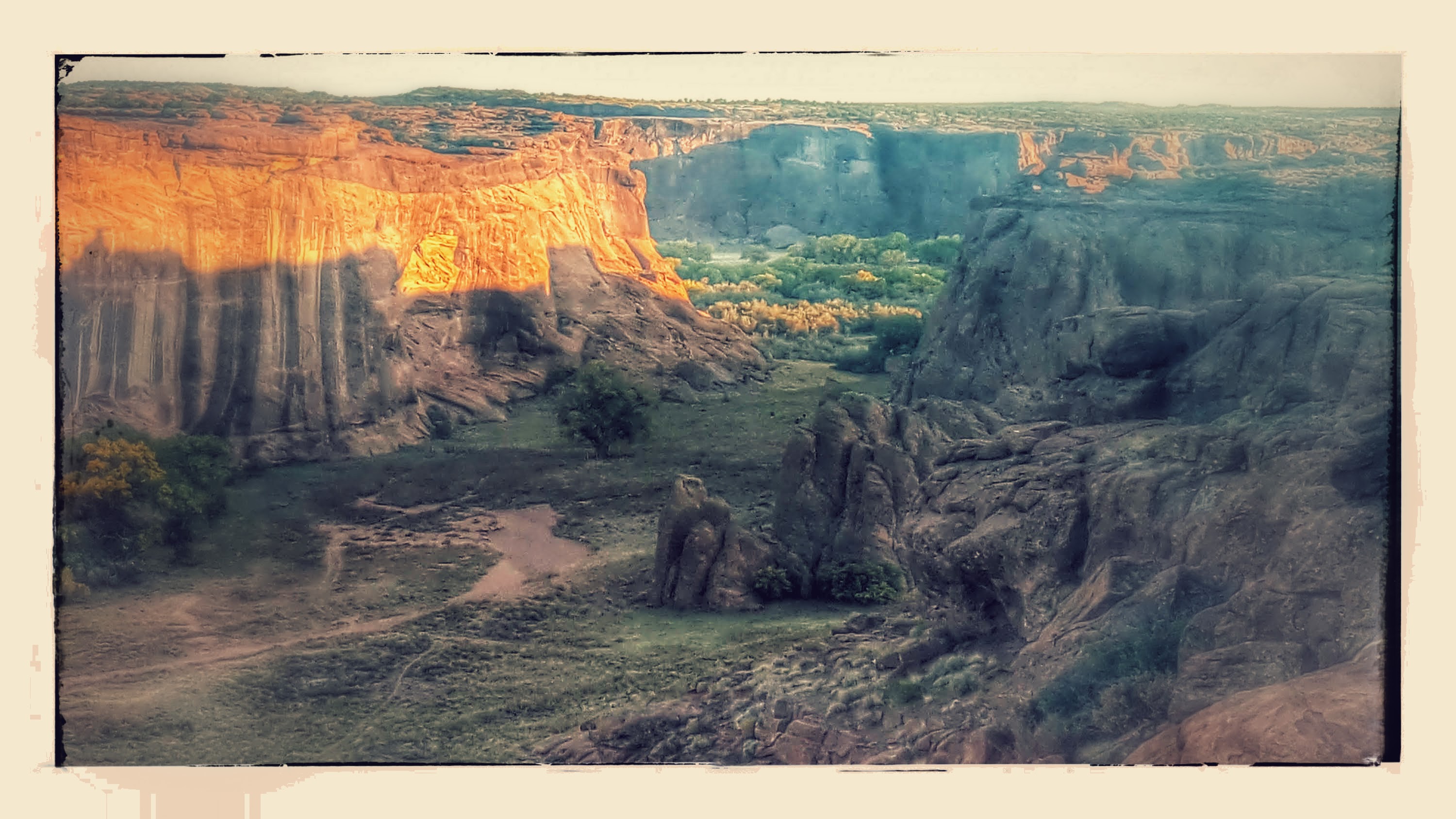Indian Tribes in Arizona are fortunate to have natural landscapes and cultural resources that attract tourist to their reservations. Most Arizona tribes welcome tourist to visit and experience their culture. The Navajo Nation has an abundant supply of cultural tourism destinations, many of which have yet to be developed. Visitors primarily eat and lodge in border-towns that surround the reservation.
According to a press release sent out by the American Indian Alaskan Native Tourism Association, Board President Sherry L. Rupert, testified before the House Subcommittee on Indian, Insular and Alaskan Native Affairs last week, on the current and potential economic impact in both the United States and in Indian Country. She also spoke in support of the NATIVE Act, emphasizing the economic and social benefits of tribal tourism.
“The NATIVE Act will empower Native American communities through increased coordination and collaboration between tribes and federal tourism assets,” said Rupert. “This will, in turn, expand heritage and cultural tourism opportunities and expand the U.S. tourism industry and its market share of global tourism.”
The Act was introduced by Representative Markwayne Mullin of Oklahoma in the House and Senator Brian Schatz in the Senate to enhance and integrate Native American tourism, empower Native American communities, increase coordination and collaboration between Federal tourism assets, and expand heritage and cultural tourism opportunities in the United States.
AIANTA also submitted written testimony focusing on the potential of Indian Country tourism and all that the association is doing to embrace and enhance those opportunities for tribes across the country. Tourism Director at Muskogee Creek Nation of Oklahoma, William Lowe, defines cultural tourism as the way a tribe or tribal community want to share its story with anyone who is not familiar with their territory or history.
“The way we want to tell our stories,” explains Lowe. “History books have been written about a lot of our tribes but our own citizens tell the actual story. Those stories are told in our arts and crafts, our traditional dances, and just any technique that our tribe has that is unique to us.” Lowe is a certified event planner and expressed the importance of cultural centers and events that capitalize on the opportunity to educate anyone who is interested in the Muskogee Creek culture or history.
“Even our own citizens that grew up outside of our jurisdiction, they want to come home to our annual festival and it is our opportunity to educate our citizens and for them to hear story from their own people.” The Navajo Nation Museum acts as a library and cultural center where citizens and visitors can go to learn valuable information about their people and themselves. Research has shown that these understanding are important in building confidence and a positive self-identity, particularly for native youth.
These types of institutions need to be expanded throughout the reservation such as the Western Agency where annual tourist traffic increases steadily and developments in tourism are needed. Navajo Tourism Department is charged it with the responsibility to develop tourism related projects. According to their webpage, the Hotel Occupancy Tax (HOT) tax pass by Navajo Tribal Council resolution CJY-27-92, has been greatest accomplishment for the department which has generated tax revenues. Still they have not done enough in the development of sustainable tourism projects such as the construction of cultural centers, libraries, arts and crafts venues, hospitality, etc.
Last week, Navajo Nation President, Russell Begaye, signed the Water Projects Investment legislation, the most comprehensive water and wastewater legislation in the history of the Navajo Nation. This piece of legislation will affect every community and foster economic development throughout the reservation, including tourism.
